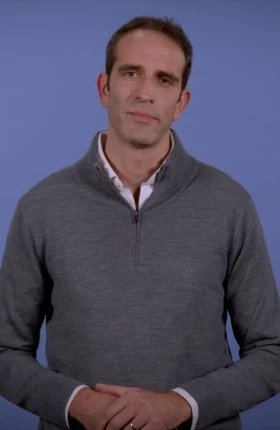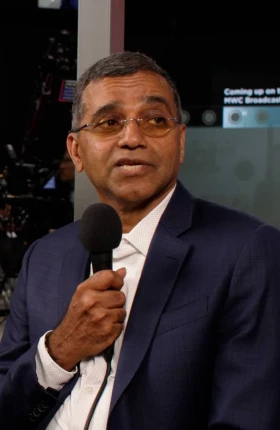AI can help companies improve major cost programs, leading to better results and greater value flowing to the bottom line.
Featured Insights
Performance and Value Acceleration

Article
2025年5月23日
AI can be a force multiplier for traditional cost measures. To capture this potential, companies need to take the right approach in implementing the technology.

Article
2024年5月1日
A holistic, outcome-based cost management approach that’s part of an enterprise-wide transformation can change an organization’s business for the long term and allow it to operate at its full potential.

Report
2024年11月18日
BCG research reveals what sets a select group of leaders apart. Here's how to join them.

Article
2024年9月12日
While it may seem counterintuitive, times of economic or business difficulty are exactly when midmarket companies should be exploring the power of transformation to improve.
Transformation Excellence

Article
2025年8月15日
When transformations fail, execution is typically not the reason. Rather, it’s a lack of alignment. Success hinges on the tight coordination between the CFO, CSO, and CTO.

Article
2025年7月29日
Trial and error isn’t an option in your next change effort. To help you develop a tailored change strategy, we built an agent-based change simulator.

Article
2025年7月30日
Many ambitious efforts fail to reach their potential because leaders overlook the shifts needed to unite teams and drive lasting improvements.

Article
2025年7月23日
The way that companies prioritize and manage ten key “context elements,” such as purpose, leadership, and talent, can determine their success or failure in a transformation.

Article
2024年4月12日
In an increasingly turbulent world, the need for and the challenges of corporate change remain remarkably persistent. Empirical insights reveal how change leaders can beat the odds.
Boards Lead the Way in Transformation

Article
2025年12月5日
AI transformation is an all-hands-on-deck endeavor, and boards should be actively involved across all facets.

When engaged as thought partners and strategic stewards, boards can be the difference between good intentions and great results.

Article
2025年5月13日
Boards of directors can improve the odds of a successful corporate transformation by designing incentive plans that tie rewards to the decision making, behavior, and accountability required for success.

Article
2024年2月20日
In the current environment of continuous transformation, business-as-usual oversight is not enough. Instead, boards must engage with management more frequently and proactively.
In this video, Reshma Ramachandran, former transformation executive and current board member of Fortune 500 and FTSE 250 companies, shares her decades of experience, insights on the CEO's role during transformations, and key factors for leading teams to success.
Business Turnaround and Restructuring

Beyond tariffs and geopolitics, weak fundamentals are driving financial stress across Europe. At risk: more than $300 billion in GDP and 3.5 million jobs.

Article
2025年1月30日
Companies that optimize their balance sheet can improve earnings by an average of 5% across industries.

Slideshow
2024年6月3日
In a tough business environment, many companies in Europe face an urgent need to improve their operational and financial performance.

Article
2023年1月20日
Companies can gain breathing room to operate under stressful conditions; withstand the scrutiny of shareholders, creditors, and regulators; and pursue market opportunities.

Article
2023年5月2日
Overall, European companies have done well in the past couple of years. High inflation and interest rates remain a challenge, but resilience is the key to further growth.
Digital Transformation
Video
What You Miss When You Focus on the Average
Sharon Zicherman challenges the way we interpret data, revealing a smarter approach to assessing risk and making better choices.
Video
Using AI to Make Big Improvements to Networks
BCG’s Vaishali Rastogi and Juniper Network’s Manoj Leelanivas explain how businesses can use AI-driven products to bring a fresh perspective to longstanding network problems.
Video
Companies Put AI Agents to Work
BCG’s Becky Frederick and Djon Kleine shed light on how agentic AI promises to transform the way we do business.
Explore more
Capability
Capability











